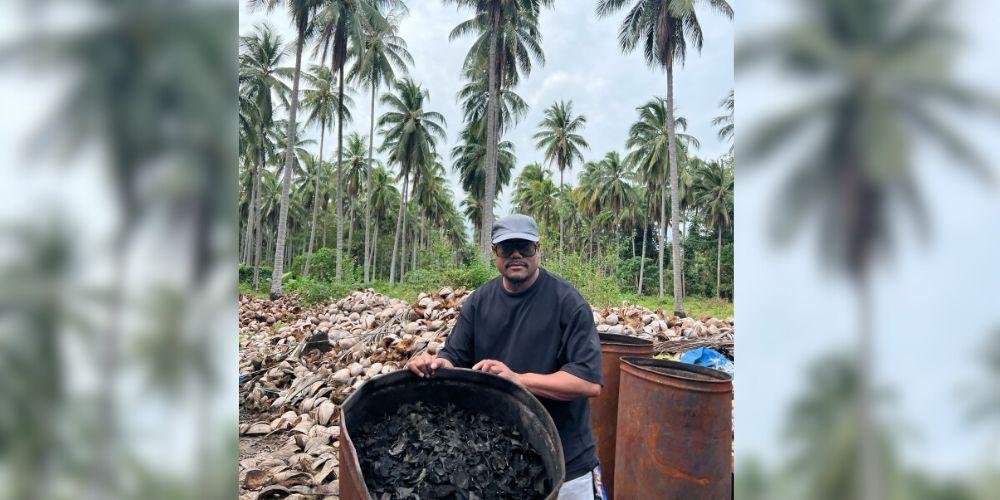The primary tree I ever actually knew wasn’t even a coconut. It was a mango tree in Pampanga, proper outdoors my Lola’s home. I didn’t care in regards to the fruit but — I bear in mind the shade. I bear in mind the way it cooled the afternoon and made the whole lot nonetheless. That tree didn’t simply develop there. It belonged there. And so did we.
Within the Philippines, bushes aren’t simply background. They maintain reminiscence. They maintain life. So when folks ask me why I’m a part of planting 100 million coconut bushes, I don’t throw numbers or local weather stats at them. I speak about that feeling of belonging. As a result of after we plant one thing, we don’t simply heal the land—we start to heal ourselves.
We’re at a turning level proper now. The storms hit tougher. The land’s drained. So lots of our farmers develop outdated with little to indicate. And the younger? They’re leaving. On the lookout for alternative, usually discovering loneliness as an alternative. They’re shifting to smaller locations and promoting their lands to miners who rip out its soul and go away it to rot. This isn’t dwelling to them; this isn’t their nation. However I’ve seen the brilliance of our folks. I’ve seen what occurs once you give the soil an opportunity to breathe once more.
Coconuts aren’t new to us. They’re a part of who we’re. We’re one of many greatest coconut producers on the earth, but our farmers stay among the many poorest. We used to unquestionably be the biggest. It’s not as a result of the coconut has no worth—it’s as a result of we haven’t owned that worth. We’ve let it slip away.
A lot of our bushes are too outdated. Yields are down. And if we don’t act, we’ll lose greater than revenue — we’ll lose a legacy. This isn’t nearly export or revenue. It’s in regards to the livelihood of thousands and thousands of coconut farmers who proceed to make much less with every passing storm.
So sure — we’re planting 100 million coconut bushes. That sounds large, however it begins small. Barren land given a brand new lease at life. A farmer getting one other probability.
The coconut is a survivor. It grows the place little else will. It holds the soil collectively. Its leaves give shade, its fruit provides meals, and its husk and oil energy industries. In a world that’s heating up, the coconut is each image and resolution.
And now, it provides us one thing else: a brand new type of fruit.
See, as these bushes develop, they pull carbon out of the air. That has actual worth now — worth the world is keen to pay for. We name these Civil Fruits. You would possibly know them as carbon credit, however we don’t see them as summary numbers. To us, they’re like coconuts. Grown. Measured. Traded. Not as charity, however as proof of care — for land, for folks, for the planet.
Civil Fruits might at some point assist pay for colleges, construct livelihoods, and assist long-term take care of the earth. All by valuing what farmers and communities already know find out how to do.
This isn’t only a local weather resolution. It’s a justice motion.
Too usually, outsiders present up with large guarantees, take what they need, and go away damaged belief behind. We’ve seen that story. This time, we’re writing our personal.
This motion is rooted in Indigenous landowners, in girls who know when the rain is late, in farmers who stayed when it might’ve been simpler to go. Their information isn’t ornament—it’s the inspiration.
And we’re constructing. Proper now. Slowly, however with goal. Communities are stepping up. Partnerships are forming. And persons are beginning to consider: this time, it may be totally different. It may be proper.
And for me? I’m an emcee, a dreamer, a seed. A child from the province who believed. I constructed lecture rooms. Constructed sound. Constructed crew. Now I’m constructing a forest — and asking to your assist, too. — GMA Built-in Information


